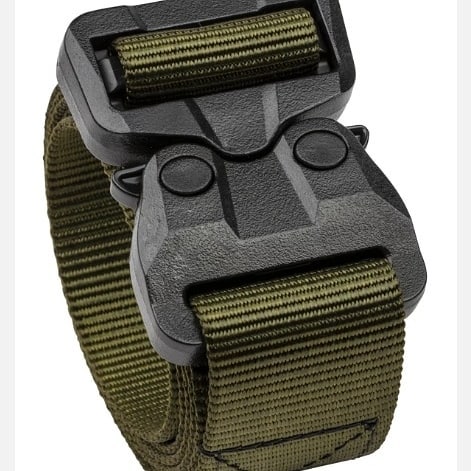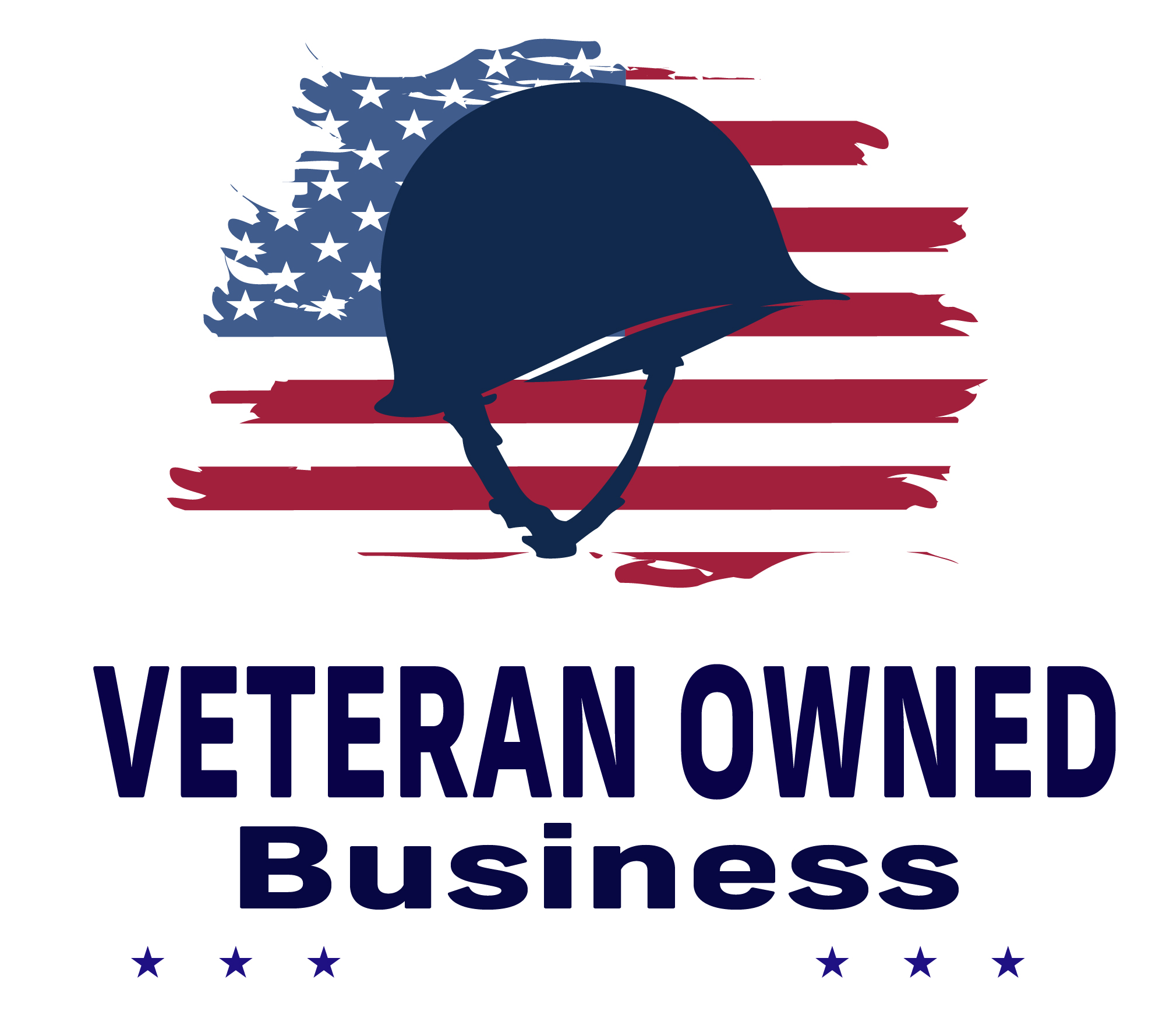
Best TSA Belts
Most of us are lucky enough to be able to travel during the year. Sometimes we travel short distances by our cars. However, if we are looking to travel across the country or halfway around the world, then air is the way to go. It’s convenient, it's quick, and most of the time, it’s relatively affordable. That being said, the one thing no one likes about airports is airport security.
Let’s face it, airport security is a hassle. You have to put down your bags, pull out all of your electronic devices, put them in these cheap plastic bins that are then scanned — and then you have to be scanned. You usually have to take off your shoes, your jacket, and anything metal you may be wearing. Before you left for the airport, you purposely dressed to minimize the hassle of this part of airport security. However, you need to wear a belt, so you wear your normal belt that you know you’ll have to take off because it’s made of metal, but there’s nothing you can do about that — or is there?
Klik Belts makes the best TSA belts. These travel belts contain no metal, having the belt buckle be 100% metal-free. Klik Belts makes the GT COBRA® buckle, which uses a high-strength polymer buckle system that is easy to take on and off and is super strong. These belts come in classic colors and will look good with any outfit. Below, we’ll examine a bit of the history of airport security. Browse our amazing best TSA belts for both men and women today!

HISTORY OF AIRPORT SECURITY
Early Flight
Humans have been fascinated by the idea of flight. In fact, almost all ancient civilizations have some myth of flying, or a belief that once you died, you could fly. Most ancient cultures also revered birds, such as Horus, who was a god with a falcon-head in ancient Egypt. From the Greek myth of Icarus, who, trying to escape from Crete with wings his father, Daedalus, made from feathers and wax, flew too close to the sun, melting the wax and plummeting to his death to the Roman god, Mercury, who wore wings on his sandals that gave him the ability to fly, humans have been trying for thousands of years to fly. Of course, we all know that it was Orville and Wilbur Wright who were the first to actually fly in 1903 at Kitty Hawk, North Carolina.
In the beginning, flight was not for everyone. It was just something a few did, like Charles Lindbergh or Amelia Earhart. Planes were small, could only fly short distances, and were only good in the daylight. There were no fancy navigation systems like today, nor could you fly at night. Gradually, as airplanes improved, they got bigger and were able to hold more people. Thus, commercial flights were born.
There was no security in existence in the beginning. People just bought a ticket and hopped on board, just like a bus or a train. However, as the world and its problems grew, Klik Belts, a maker of men’s and women’s TSA belts, notes that airlines became a target of terrorists and those wishing to push political agendas.
The Era of Hijackings
The first recorded hijacking of a plane was in 1931. However, what has been dubbed the golden era of hijackings of commercial airliners was between 1968 and 1972. In these short five years, a hijacking took place on average once a week and having multiple hijackings occur in one day were not unheard of. Many hijackings were made by those looking for political asylum, those who wanted money, or those trying to push their political views. In hindsight, this is something that should not have been tolerated, but nothing was done. The airlines did not want airport security for passengers, and to be truthful, most of the people on board the plane were unharmed, which is why there was no cause for alarm.
Congress was concerned about the number of hijackings, but they were too afraid of public pushback to do anything about it. At the time, no IDs were required, and airport security entailed looking at you to see if you were suspicious. In 1968, Senator Smathers of Florida proposed using metal detectors to scan people, but the idea was dismissed as a violation of invasion of privacy.
Airlines, at a loss at Congress’ inaction, decided to try their own measures. After all, every time one of their airliners got hijacked, not only did they lose money, but they also got a lot of bad press, which cost them future revenue from the American public deciding to fly a different airline. Thus, mistakenly, all airlines agreed to do whatever the hijackers agreed told them to do in an effort to end the hijacking as quickly as possible. This mentality carried over to September 11th.
In 1970, New Orleans International Airport was the first to use magnetometers to search for weapons. In 1973, the Federal Aviation Administration (FAA) finally instituted universal physical screening of passengers, and everyone had to pass through metal detectors and have their bags checked. As a result, Klik Belts, the maker of the best TSA belts, notes that the number of hijackings fell dramatically.
SEPTEMBER 11TH, 2001
Prior to September 11th, 2001, airport security had remained relatively unchanged since the 1970s. You had to pass through a metal detector, you could bring an insane amount of stuff onboard the flight, and your carry-on bags were x-rayed but never searched. Checked bags were rarely checked, except on some international flights. You could arrive as late as 30 minutes before a flight boarded. Your family and friends could go with you to the gate to wait and say good-bye there. One of the major problems here is that the security at airports was outsourced to local contractors. These were often the contractors who charged the least amount of money. Their employees were underpaid, incompetent, and indifferent.
September 11th, 2001, the day four American airliners were hijacked and used as massive weapons against the United States, was the biggest wakeup call to airport security. Determined never to let that happen again, the United States has dumped an estimated $100 billion into airport security. The Transportation Security Administration (TSA) was created to run all airport security, and, as most of us know, many rules have taken effect to prevent a hijacked airliner again, which, to this date, has not happened. For instance, all passengers are screened for weapons. You cannot take liquids or sharp objects on board. All checked bags are screened. You can be frisked at the will of the employees. All cockpit doors are now locked. Some pilots now carry guns. Plus, the intelligence side has been beefed up to pick up on terrorist plots that may involve the airlines.
Klik Belts makes the best TSA belts for men and women in anticipation of the future of airport security. In the future, airport security will no doubt see more changes as technology improves and better ways of doing things are found. For instance, privatizing the screeners at airports is a consideration to cut down on the risk of missed weapons. And security lines can be long, so look for improvements to get passengers through security faster.

CHOOSING KLIK BELTS FOR YOUR TSA BELT OF CHOICE
Klik Belts understands that airport security keeps us all safe in the skies. Thus, we’ve developed our TSA-compliant belt. This best TSA belt still keeps the values of Klik Belts, with the best made strap and a super strong GT COBRA® non-metal buckle. Made from an insanely-strong plastic polymer, our non-metal belt buckle is lightweight, will pass through airport security, and is easy to buckle and unbuckle. We offer both a 1-ply and a 2-ply TSA belt for those who want a heavier duty belt for concealed carry and the like. This TSA belt can serve as your everyday belt. Comfortable and coming in a variety of colors, this airport-friendly belt will look good, hold your pants up, and be help make traveling a bit easier.
Traveling can be exhausting, especially if you have little kids in tow. The last thing you want to do is have to have to remove a lot of items off your body. Having the best TSA belt can save you at least this small hassle of removing your belt. Browse our best TSA belts today!

